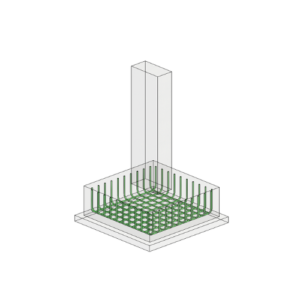Structural Engineering Software
Want to have an edge over other structural consultants?
-
Baseplate Software (V 3.7)
- From ₹8,982.00 + GST
- Select options
-
RCC Pedestal (V2.5)
- From ₹6,282.00 + GST
- Select options
-
Spread Footing (V 2.5)
- From ₹5,382.00 + GST
- Select options
-
Steel MTO (V1.5)
- From ₹2,682.00 + GST
- Select options
-
RCC Slab (V1.5)
- From ₹1,782.00 + GST
- Select options
-
Wind Load Calculator (V1.5)
- From ₹1,242.00 + GST
- Select options
-
LC Generator (V1.4)
- From ₹702.00 + GST
- Select options
-
Stormwater Drain (V 1.8)
- From ₹522.00 + GST
- Select options
Welcome to StrSof – Structural Engineering Software
Our Structural Engineering Software is a powerful suite of tools designed to meet the unique needs of structural engineers, architects, and construction professionals. Whether you’re working on designing a skyscraper, a bridge, a residential building, or any other structure, our software solutions are here to make your job easier, more efficient, and more precise.
Support Services : In the world of structural engineering, accuracy and precision are paramount. Users of structural engineering software rely on it for critical projects, and any technical hiccups can lead to costly delays and errors. This is where reliable and responsive support services play a vital role. Whether it’s a software bug, an installation issue, or a complex technical query, having access to a dedicated support team can be a lifesaver. Users need to know that help is just an email, phone call, or chat away, ready to guide them through any challenges they encounter.
Technical Guidance: Structural engineering software is often rich in features, but users may not be aware of how to fully utilize them. We provide guidance in the form of user manuals, video tutorials, webinars, and online courses and help users unlock the software’s potential. This guidance is especially valuable for newcomers to the software or those looking to tackle complex engineering tasks. Clear and comprehensive documentation ensures that users can confidently use the software to design, analyze, and optimize various structures.








